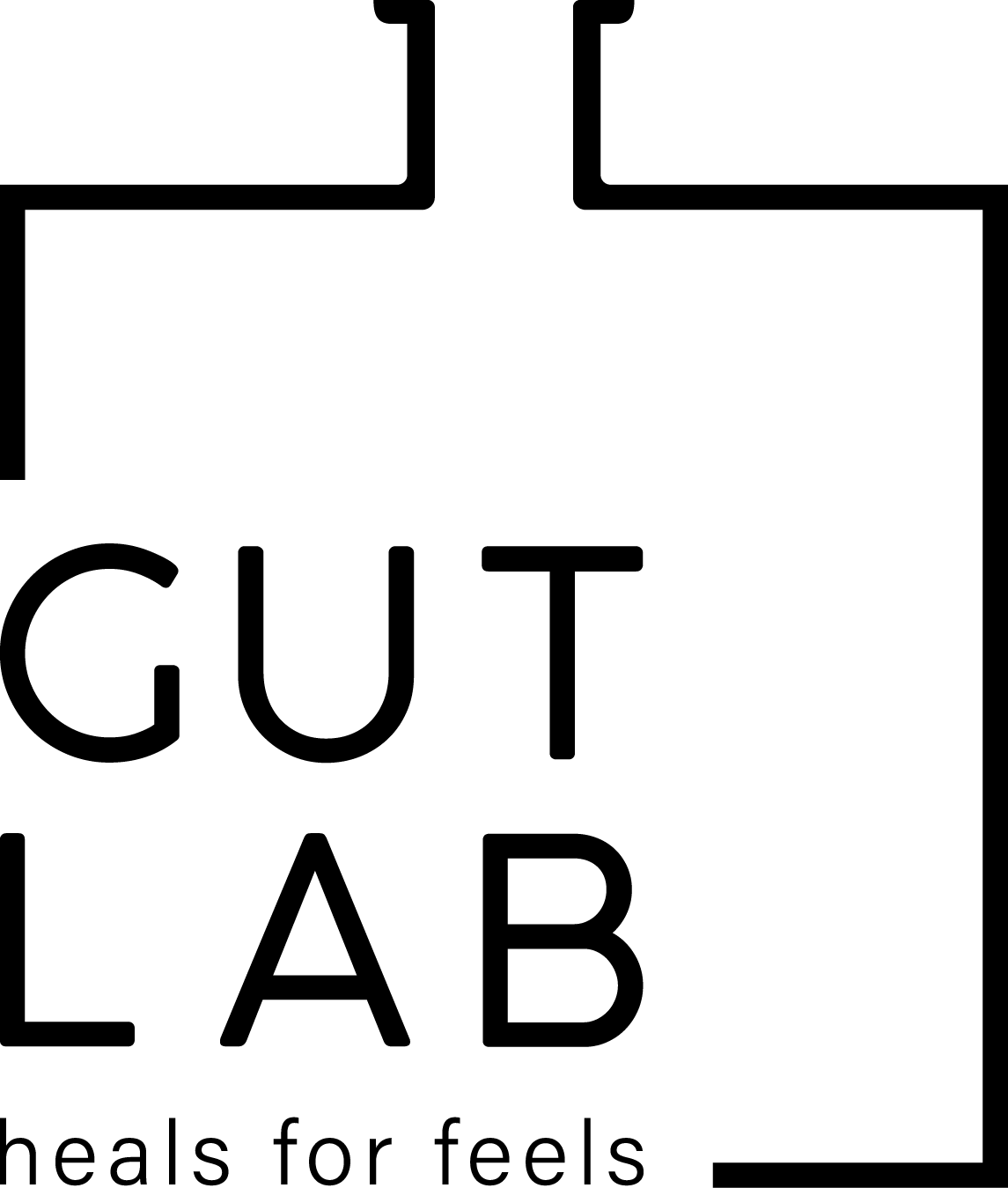Is GAPS the most powerful gut & body healing diet?
The GAPS diet is not a quick fix, it’s a therapeutic protocol that can take months, and even up to 1 or 2 years, depending on the severity of gut damage. But for many, it provides profound relief from IBS, leaky gut, food intolerances, chronic inflammation and chronic diseases that the allopathic system has no solution for. The GAPS approach reminds us that when we heal the gut, we heal the body, laying the foundation for physical, emotional, and mental well-being. I have been using GAPS and modified GAPS protocols with my clients for a decade, and I find it to be the most healing protocol, or at least baseline for a modified protocol, available.
Who is Dr. Natasha Campbell-McBride?
Dr. Natasha Campbell-McBride is a Russian-trained neurologist with a PhD in nutrition who developed the Gut and Psychology Syndrome (GAPS) nutritional protocol over 20 years ago. Her interest in gut healing was born out of necessity: her own child was diagnosed with severe autism, and conventional medicine offered no hope. Through her clinical experience and research, she observed a profound connection between the state of the gut microbiome and mental, neurological, and immune health. Her son’s autism was completely reversed with the help of the GAPS diet and he is now a young man who has completed a university degree and lives a normal healthy life, just like many other GAPS healed children and adults.
Natasha’s work culminated in the bestselling book Gut and Psychology Syndrome, which has inspired thousands worldwide to use food as medicine to address issues ranging from IBS, IBD and food intolerances to autoimmune conditions, anxiety, and depression. The second edition of the book, Gut and Physiology Syndrome, observes how the whole body is affected (and healed) by addressing gut health through nutrition.
How the GAPS diet works
At its core, the GAPS diet is designed to heal and seal the gut lining while rebalancing the microbiome. Many chronic health conditions are linked to “leaky gut”, where the intestinal barrier becomes compromised, allowing undigested food particles and toxins to enter the bloodstream and trigger inflammation.
The GAPS diet removes foods that irritate or inflame the gut, while nourishing it with easily digestible, nutrient-dense options. It emphasizes:
Broths, meat stocks and gelatin-rich foods that supply collagen, glycine, and minerals that repair the gut lining.
Fermented foods and probiotics which repopulate the gut with beneficial microbes.
Healthy animal fats that provide energy and fat-soluble vitamins while stabilizing blood sugar.
Slowly introduced vegetables and meats so as to minimize irritation and encourage tolerance building.
By starving out harmful bacteria (via removal of refined carbs, grains, and processed foods) and feeding beneficial microbes, the GAPS protocol helps restore gut balance and supports the body’s natural detoxification and repair processes.
How the GAPS diet facilitates gut healing
The healing happens on several levels:
Reducing digestive burden: Foods are prepared in gentle, digestible ways (soups, stews, purees) to ease strain on inflamed intestines.
Sealing the gut wall: Amino acids in bone broth (glutamine, glycine, proline) promote mucosal healing and collagen repair.
Rebalancing the microbiome: Fermented foods reintroduce live probiotics while eliminating sugar and starch reduces pathogenic overgrowth.
Nourishing at a cellular level: Nutrient-dense animal foods, organ meats, and fats provide the building blocks for immune and neurological repair.
Gradual expansion: The staged approach allows the body to adapt, minimizing flares and identifying trigger foods.
The stages of the GAPS diet
The GAPS diet is structured in six stages, followed by the full GAPS diet. Progression depends on individual tolerance and symptom recovery. Some move quickly through the stages, while others may remain in one stage for weeks or months.
Stage 1: the foundation
Homemade meat or fish stock
Soups with well-cooked vegetables (strained if needed)
Probiotic juices from sauerkraut or fermented vegetables (even starting with a few drops at a time to build tolerance)
Ginger tea, herbal teas
Avoid all starches, grains, and sugars
This stage focuses on deep gut rest and repair.
Stage 2: adding soft proteins
Maintain the meat stock based soup diet from the first stage
Egg yolks added to soups
Stews and casseroles with meats and vegetables
Ghee (clarified butter) if tolerated
More fermented vegetable juice
Stage 3: more variety, but still soups are the majority of meals
Avocado, nut butters in small amounts
Scrambled eggs
Cooked onions, fermented vegetables
Pancakes made from nut flour and squash
Stage 4: expanding fats and baking
Roasted and grilled meats
Cold-pressed olive oil added to foods
Fresh pressed vegetable juices
GAPS bread (made from nut flour, eggs, vegetables)
Stage 5: raw fresh produce
Raw vegetables (starting with lettuce and soft greens)
Fruit juices diluted with water
Stewed apple or pear introduced gradually
Stage 6: fresh fruits
Raw apple, banana, and other peeled fruits
Wider variety of raw vegetables and salads
Increased fermented foods
Full GAPS diet
Once all stages are tolerated, the full diet resembles a nutrient-dense, grain-free, unprocessed whole-food lifestyle with a strong focus on soups and soft cooked meals that are kind on the digestive system. Over time, some individuals transition back to properly prepared grains and starches, while others thrive long-term on the GAPS framework.
I find a GAPS approach to diet is the best way to maintain optimal gut health and great energy for myself and my daughter. It facilitates smooth digestion and strong immunity. When recovering from severe chronic health conditions, it can be best to remain on GAPS forever. For others, finding a modified GAPS approach for the long term works well.
Do you think GAPS could help you?
If you have gut damage that nothing else has been able to fix, then the GAPS protocol, or a GAPS-modified protocol suited to your individual situation, could be life changing. Please hit the button and enquire to work with Sarah to find a GAPS style diet that will work for you.




